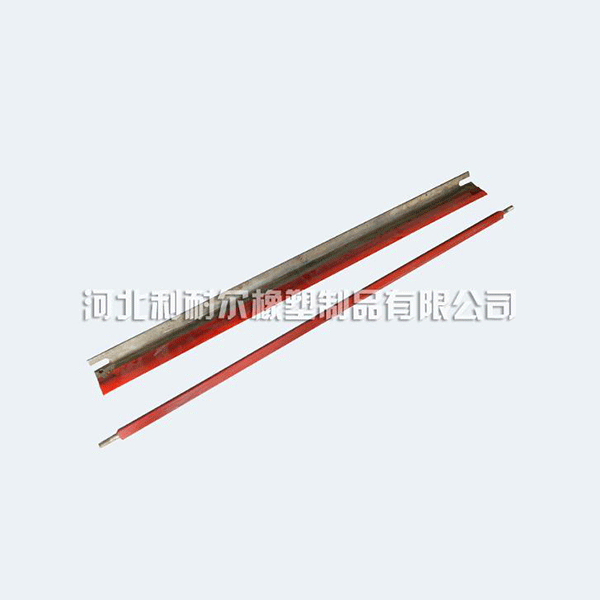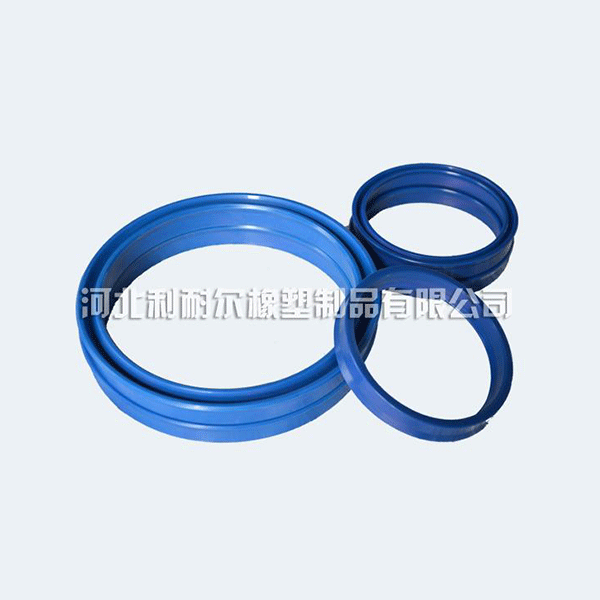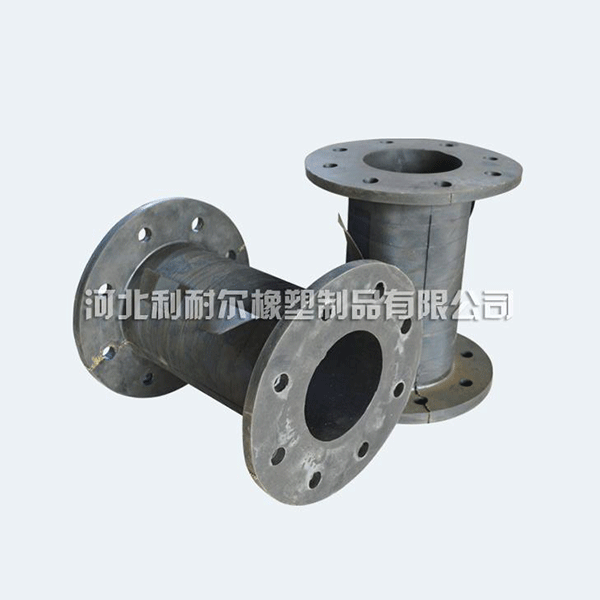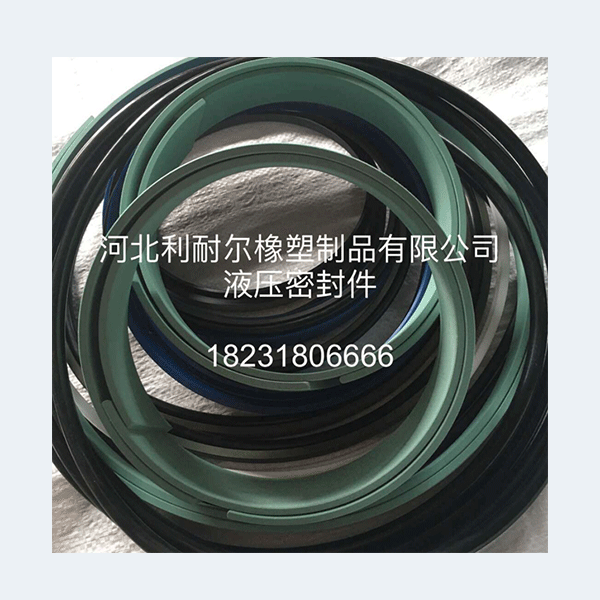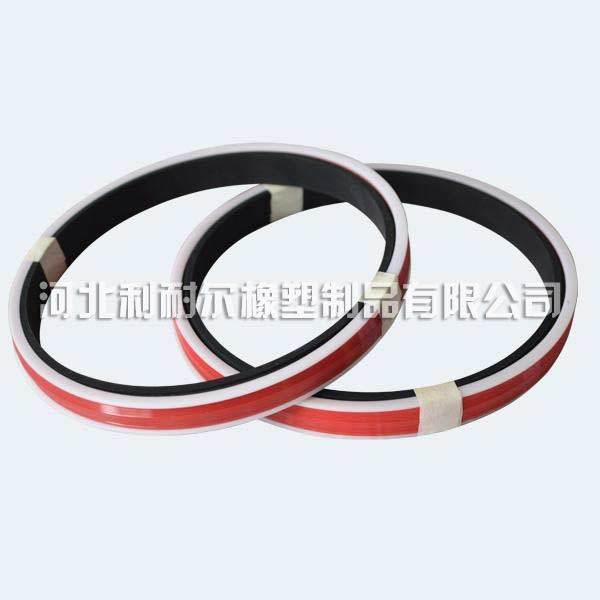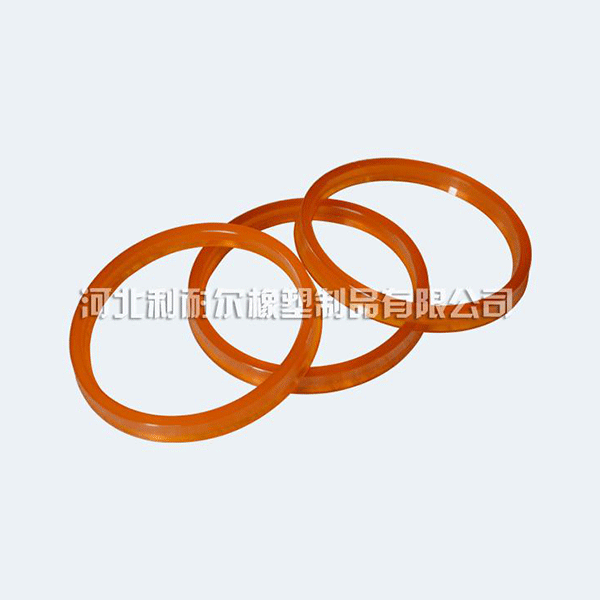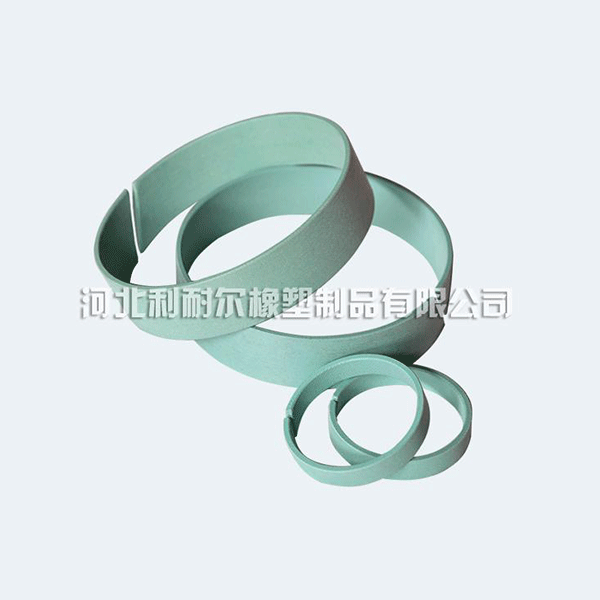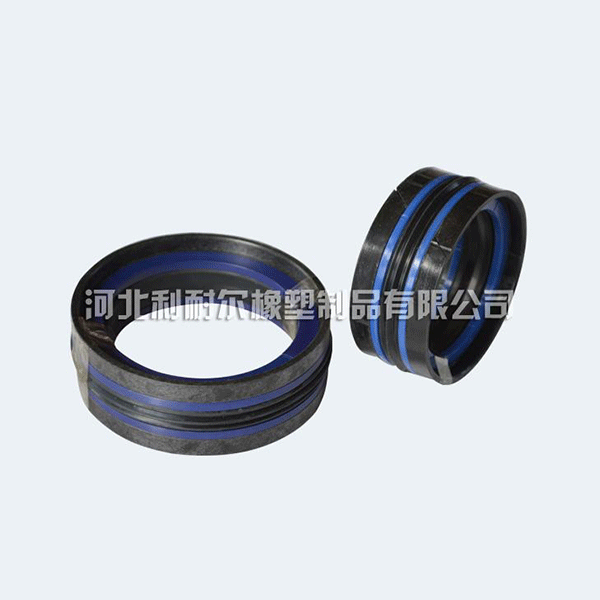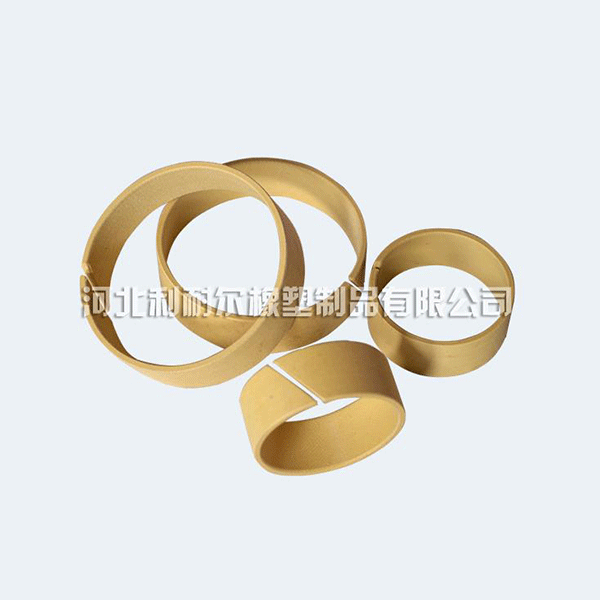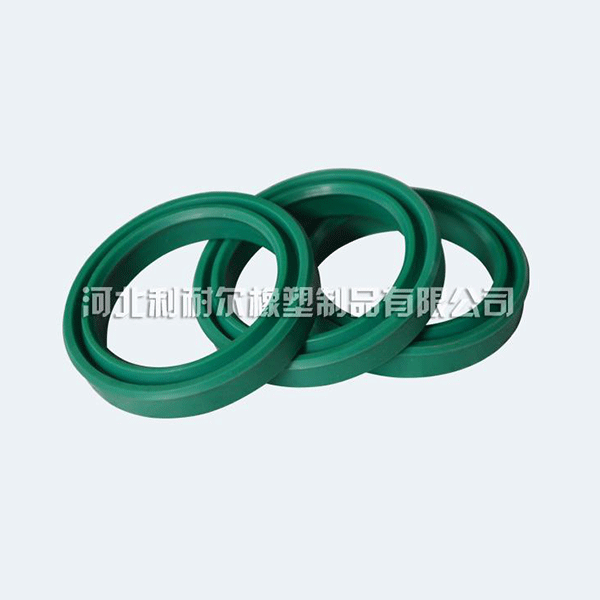Leakage Causes and Elimination Methods of Reciprocating Seals
Release time:
2021-01-12
1. Poor assembly: Check according to the recommended standard of the seal, and reduce interference or pressure when necessary;
1. Reasons and measures of high friction:
1. Poor assembly: Check according to the recommended standard of the seal, and reduce interference or pressure when necessary;
2. Improper seal size: check the size of the seal;
3. The surface roughness is too large: reduce the roughness of the sealing surface or use a sealing material that can rub on the rough surface;
4. The friction movement speed is large: the sealing type may need to be changed;
5. The working pressure of the sealing medium is too high: the sealing type or sealing material may need to be changed.
2. Reasons and measures of crawling:
1. Dry friction of seals: improve working conditions;
2. The surface roughness is too large: reduce the surface roughness or use a sealing material that can rub on the rough surface;
3. Poor formation of lubricating oil film: improve working conditions or change the sealing type (such as using PTFE combined sealing).
3. Reasons and measures for excessive leakage:
1. The seal is reversed: check, or use two-way sealing if necessary;
2. Insufficient preload: check the size and preload;
3. Seal shrinkage: check whether the sealing material is compatible with the sealing medium;
4. Seal wear: replace the seal, check the cause of wear, if the life is low, consider replacing the seal type.
4. Reasons and measures of seal damage:
1. Improper initial assembly: replace the seal as required, and carefully check the installation status;
2. Torsion failure (O-ring seal): Check geometry and applicability of O-ring;
3. Gap bite: To reduce the extrusion gap, it is necessary to add a ring;
4. Wear: Check the size and adjust the extrusion gap if necessary.
Related News



















